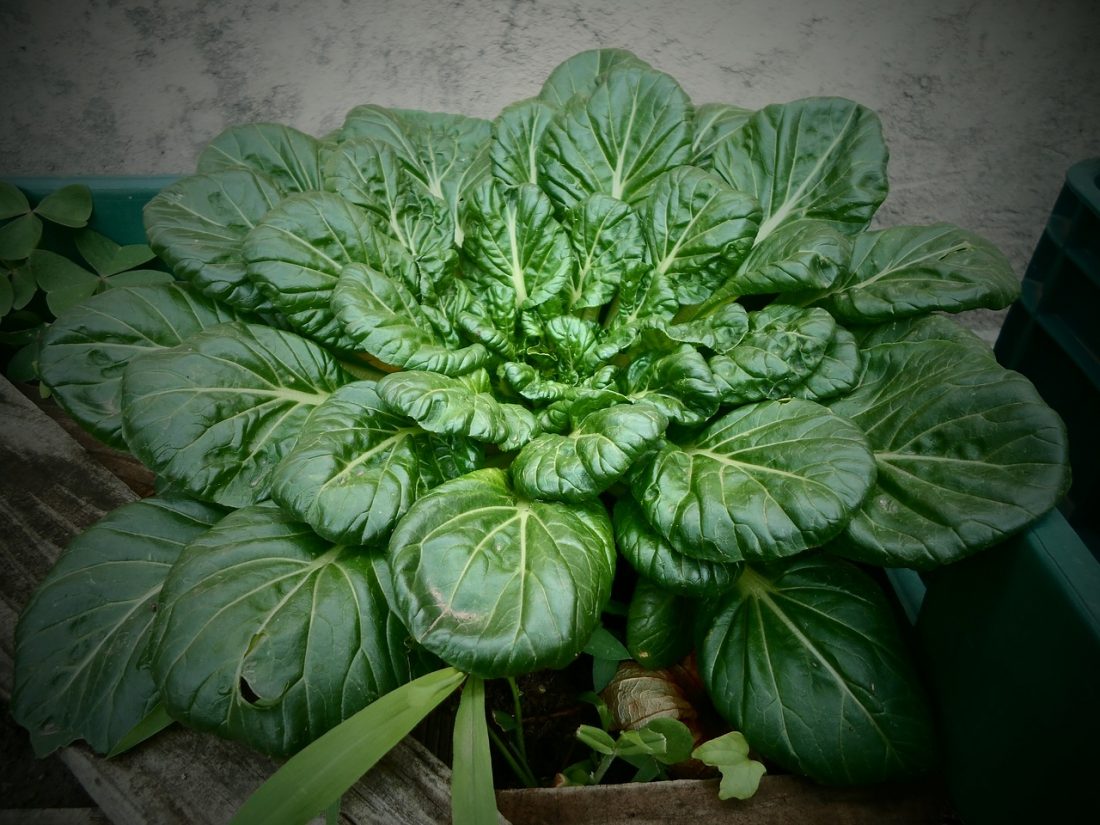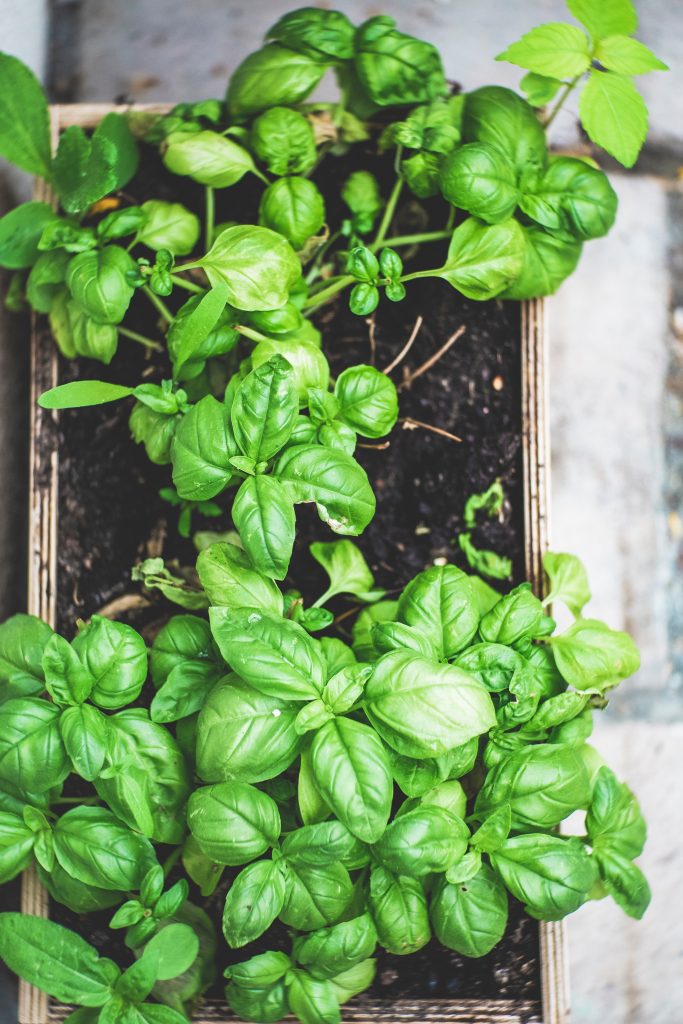So you want to grow your own vegetables. Whether you want to save more money or eat healthily, growing your own vegetables is a very rewarding experience. However, you don’t have an outdoor garden. Well, you can still grow veggies indoors. In fact, it’s easier to grow vegetables inside. To start, you can try planting spinach. Here’s how to grow spinach indoors and have a plenty supply of Popeye’s favourite vegetable.
Can You Grow Spinach Indoors?
Yes, you definitely can! Just like almost any other vegetable, spinach can grow indoors really well. It’s one of the best vegetables to try planting if you’re a beginner at indoor gardening.
Spinach doesn’t need a lot to grow. You don’t even need tons of space. With just a windowsill, you can start planting your own spinach garden!
And who knows? After spinach, you might want to try planting other veggies. It’s easy to love gardening especially when you’re growing your own food.
How to Plant Spinach Indoors
You’ve got the seeds. Now what?
We’re sharing everything you need to know on how to plant spinach indoors and eat fresh vegetables.
Choose Your Pot
First things first, start choosing your pot. You can start with seed trays before replanting your baby spinach to a pot. For your pot, make sure that it’s at least six to eight inches deep.
Buy Soil
Select soil that will have a lot of organic matter. The best ones are crumbly and loamy. However, most potting mixes will do fine. Your soil’s pH should also be nearly neutral for the best results. Get soil that drains well, too.
Start Sowing
Once you’ve got your trays and pots, it’s time to start sowing those seeds.
- Using a tray – If you choose to use a seed tray, start by burying the seeds half an inch deep. In one to two weeks, you can see your spinach growing.
- Using a pot – If you want to plant your spinach in a pot, make sure that each seed is spaced well. Think of how big your vegetable’s leaves will be when they grow. If you have a spinach variety with large leaves, space them apart at least 5 inches away from each other. If they’re going to have small leaves, three inches is fine.
Find the Best Place to Put Your Pot
It’s crucial that you place your pot in the best place indoors. During summer and spring, avoid sunny areas. Your spinach needs a shaded spot to grow well. On the contrary, if it’s fall, opt for sunnier spots.
How to Care for Spinach
Compared to vegetable beds, growing spinach in a container doesn’t need any special care. However, you’ll need to water and fertilize your spinach if you want a bountiful harvest.
Temperature
Spinach grows best at 50 degrees Fahrenheit. Even though spinach is hard to kill, you wouldn’t want to accidentally kill it. Make sure you maintain the temperature indoors. The highest temperature your spinach can tolerate is 80 degrees. Although some spinach varieties can tolerate temperature as low as 20 degrees, most won’t be able to survive at over 90 degrees!
Fertilizer
When planting, use soil rich in compost mixture or add a time-release fertilizer. Then, feed your plants again with compost during mid-growth. You can use fish emulsion, homemade tea, compost, or liquid fertilizer.
Water
When it comes to growing plants in a container, it’s important to remember that you should avoid overwatering. This can cause stagnant water to form which can harm your vegetable. As such, it’s important to also make sure that your container has draining holes.
When watering, avoid pouring the water directly on the leaves of your spinach. You should water your plant at the soil level. Remember to only keep it moist. Don’t wet it.
Pests and Diseases
What makes indoor gardening great is that you don’t have to worry a lot about pests. It’s even easier to control them. But that doesn’t mean you should be complacent. Once in a while, check the leaves for insects like caterpillars, slugs, and aphids so you can eliminate them in time before they do any real damage to your spinach.
Mulching and Pruning
Help with moisture retention by mulching the plants with organic matter. As for pruning, make sure you harvest before any green flowers form or you’ll risk eating a more bitter spinach.
How to Harvest Spinach
Congratulations on growing healthy spinach! Now, it’s time to harvest.
But when can you start harvesting?
Usually, spinach is ready to harvest when they’re 40 to 60 days old. Spinach leaves can grow as big as 7 inches or more. This takes up too much space so it’s best to harvest when you can see 5 to 6 leaves per plant with a length of 3 to 4 inches.
To harvest, start with the outer leaves. Leave the leaves in the center so they can continue growing. You can also simply cut the spinach 3 inches above its base.
In the next few days, you’ll notice that the plant will continue to produce new leaves. Keep your plants to a manageable size by constantly harvesting its baby spinach leaves.
How to Store and Preserve Spinach
To store and preserve your newly harvested spinach, simply rinse the leaves and place them in your refrigerator. Make sure to consume it in a week.
Your spinach will stop growing when you see a seed stalk or when it bolts. Increased daylight or hot weather can trigger the spinach to bolt since this vegetable usually grows in the cool season. When this happens, you can now pull the plant, compost, and grow a new set.
Other Veggies Perfect for Growing Indoors
Once you’ve experienced what it’s like to have an indoor garden, you’re sure to get hooked. To help you, we’ve listed some vegetables you can try growing indoors:
- Arugula
- Carrots
- Ginger
- Kale
- Lettuce
- Scallions
- Tomatoes
Did you find this guide on how to grow spinach indoors helpful? Did we miss anything? Comment down below and we’ll do our best to get back to you!


